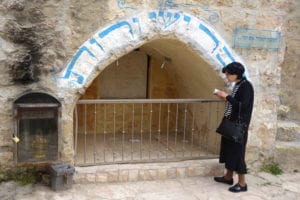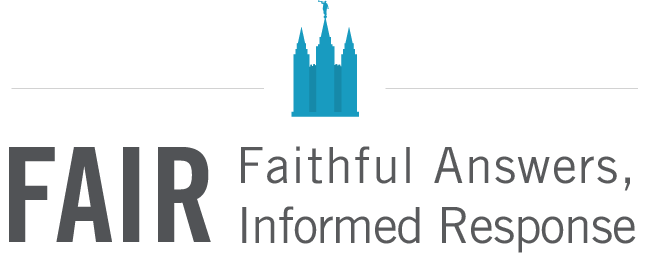
An Old Testament KnoWhy relating to the reading assignment for Gospel Doctrine Lesson 30: “Come to the House of the Lord” (2 Chronicles 29-30; 32; 34) (JBOTL30A)
Question: Hezekiah is known as being, after David, the greatest king in Israelite times. Are there any archaeological remains of his reign in Jerusalem?
Summary:Recent discoveries at the Ophel and Gihon Spring sites relating to Hezekiah are providing new insights into the history of ancient Jerusalem and its temple.
The full article may be found at the Interpreter Foundation website: KnoWhy OTL30A — What New Archaeological Discoveries in Jerusalem Relate to Hezekiah?

